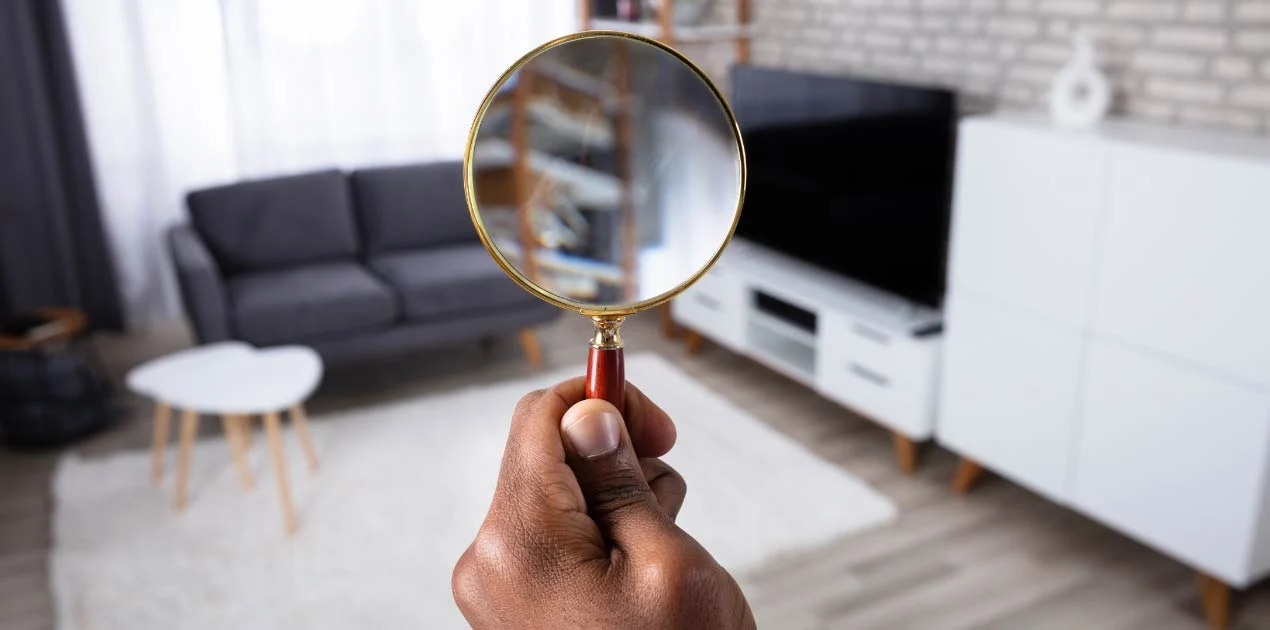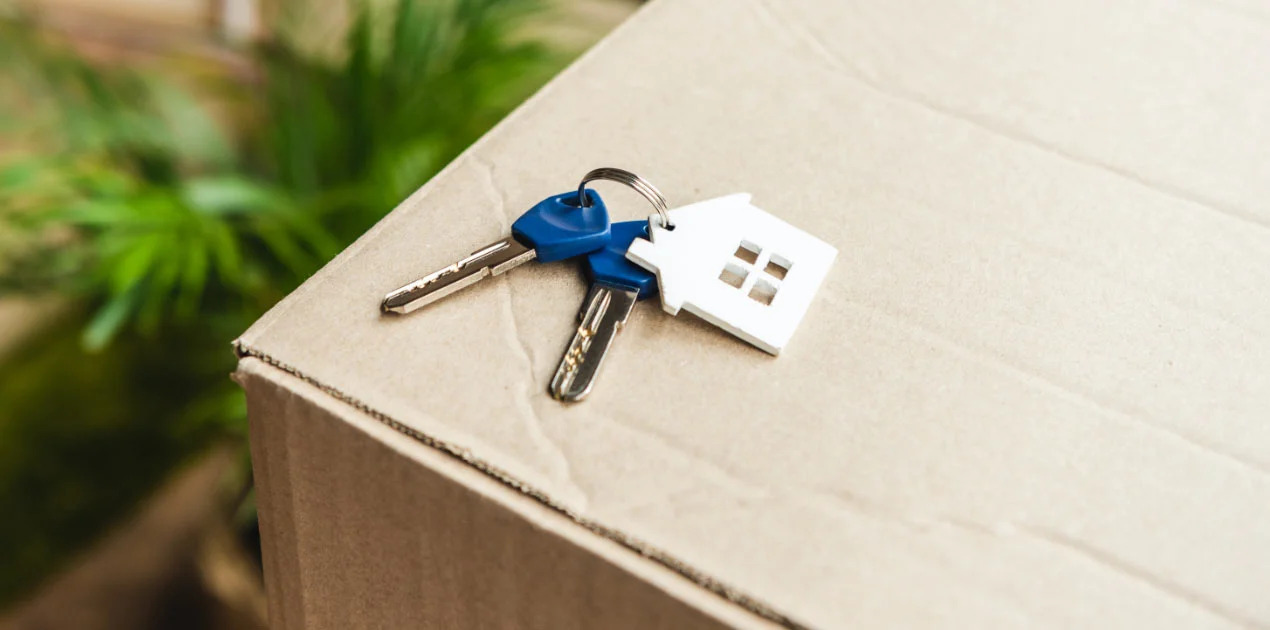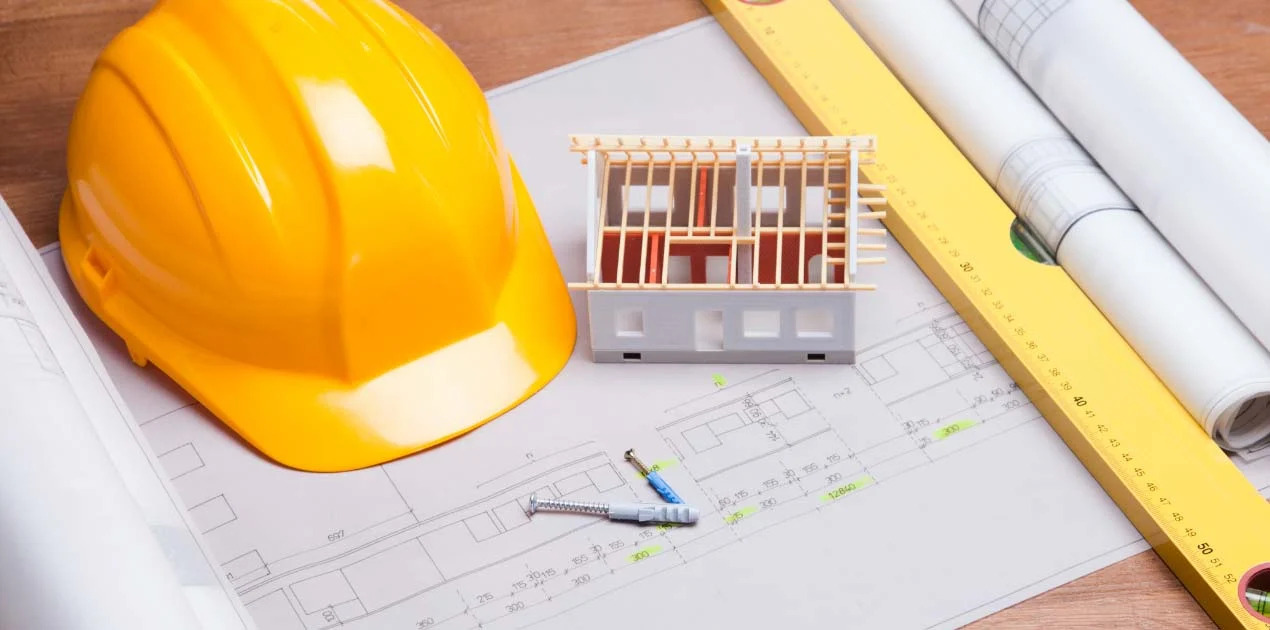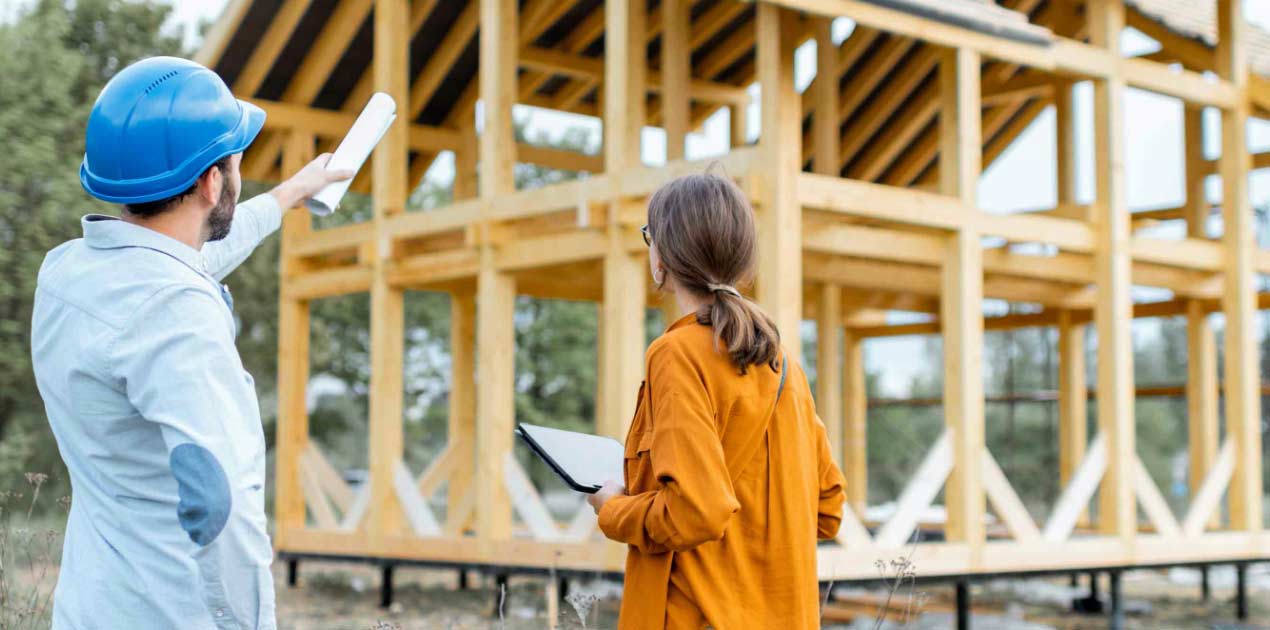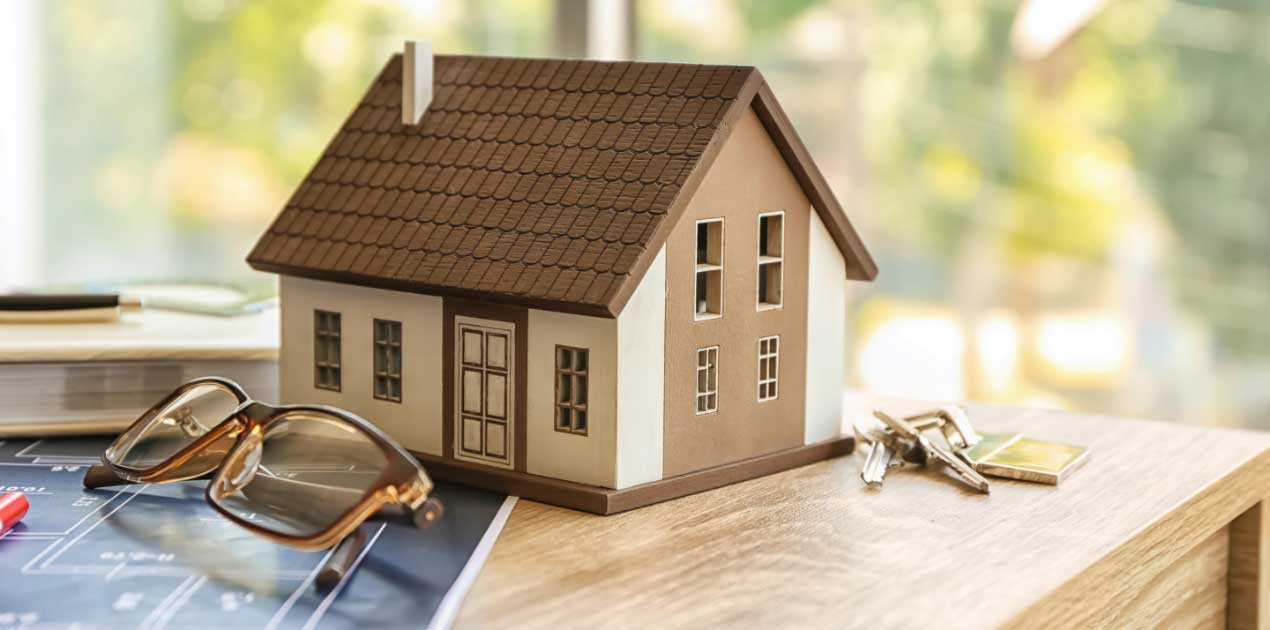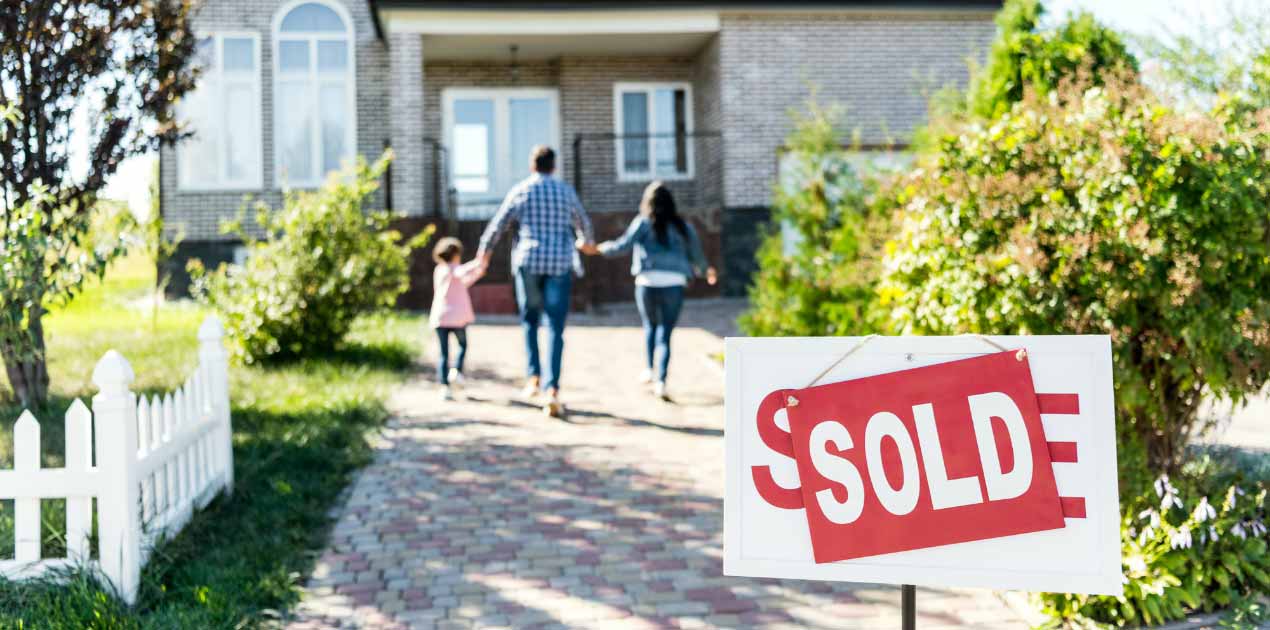Please use the menu below to navigate to any article section:
In years gone by, property investors would bypass apartments instead preferring to invest in a house on a big block of land.


Stay in the know. Subscribe to our property commentary newsletter.
I’ve always suggested avoiding new apartments in large complexes as investments because they lack owner occupier appeal and scarcity.
And now in our new post Covid19 environment where few of us would consider living in one of those high rise Lego Land inner CBD towers, these types of properties are even further out of favour.
However I like the older low rise apartments that we used to call “flats” when I grew up because they their own unique set of benefits: they’re often larger than their newer contemporaries, with interesting floor plans and plentiful gardens and in great suburban locations.
So if you’re contemplating buying an established apartment in Melbourne as an investment here are some of the key mistakes to avoid.
1. Failing to consider location
You can’t just buy any apartment in Melbourne and hope it will make a great investment.
70 – 80% of your property’s performance with regards to capital growth will depend upon its location, and the rest on the specific property’s unique features.
And today, more than ever, buying in the right neighbourhood is critical with the ability to work, live and play all within 20 minutes’ reach is the new gold standard desirable lifestyle.
So a common error made by investors of established apartments is not considering the property’s strategic location.
- Is this an aspirational, or gentrifying suburb?
- Does this suburb offer lifestyle, amenity and mobility?
- Is it an area that will outperform the market with regards to capital growth?
- What are the demographics?
- Is there an oversupply of new apartments looming?
- Will the location continue to appeal to tenants and potential owner-occupiers, if you ever decide to sell?

2. Right neighbourhood, wrong street
Just as considering broader location is a must, it’s also important to be strategic about the street that the building is located in.
Obviously the more sought-after the street, the better the likelihood of future capital growth and the more appeal your property will have with prospective tenants.
3. Neglecting your research
In more specific terms, you need to study not only the history of the location, but the history of the building to gauge what sort of return you can expect from it.
That’s the great thing about established apartments, they have a track record you can review and measure – you can’t do this with a new building.
Check out comparable sales and past capital growth performance for apartments in the block.
Also, check out the Owners’ Corporation – are they proactive, is there a sinking fund for future repairs and are there any unresolved disputes?

4. Forgetting about position and outlook
Your potential property might be in the best street, in the best neighbourhood, but how liveable is it?
Does it have a good aspect and is its position within the building favourable to good natural light?
Older apartments, such as apartment blocks built in Melbourne in the 70’s, are often larger than the developments of the last 10 years, but you need to keep in mind the needs of modern tenants.
They ideally want a building with easy, convenient access for themselves and their belongings.
They also need a certain level of privacy and security from other residents in the building.
Other high priorities for tenants includes flow and space, plenty of natural light, and convenient, manageable layouts.
5. Focusing on the property, not the land
Even when investing in apartments, one thing remains true: there is more value in the land beneath the building, than in the building itself.
And each apartment in the building has a portion of the whole block of land attributable to it.
That’s what I like about older, established apartments – there’s only eight or ten dwellings on the block of land compared with the modern towers we could be 50 to 100 apartments squashed on the land meaning each has a low land asset ratio.

6. Missing the opportunity to add value
By refreshing the inside of an older apartment, you’re going to increase the property’s appeal with tenants, raise your rental returns and increase its overall value.
Many investors fail to capitalise on this, but even small renovations and upgrades – like a lick of fresh paint or a new, modern carpet – can make a big difference.
What’s more, renovating is an opportunity to “manufacture” price growth that isn’t available to new apartment owners, giving investors with older investment properties a distinct advantage.
Just make sure the investment aligns with your strategy and be careful to select a property that ticks all the fundamental boxes.
Remember, you can’t ever change a property’s location, aspect or outlook – but you can change is its features.
So as long as the above common mishaps are avoided, there’s no reason why you shouldn’t consider adding a dated Melbourne apartment to your property portfolio.



